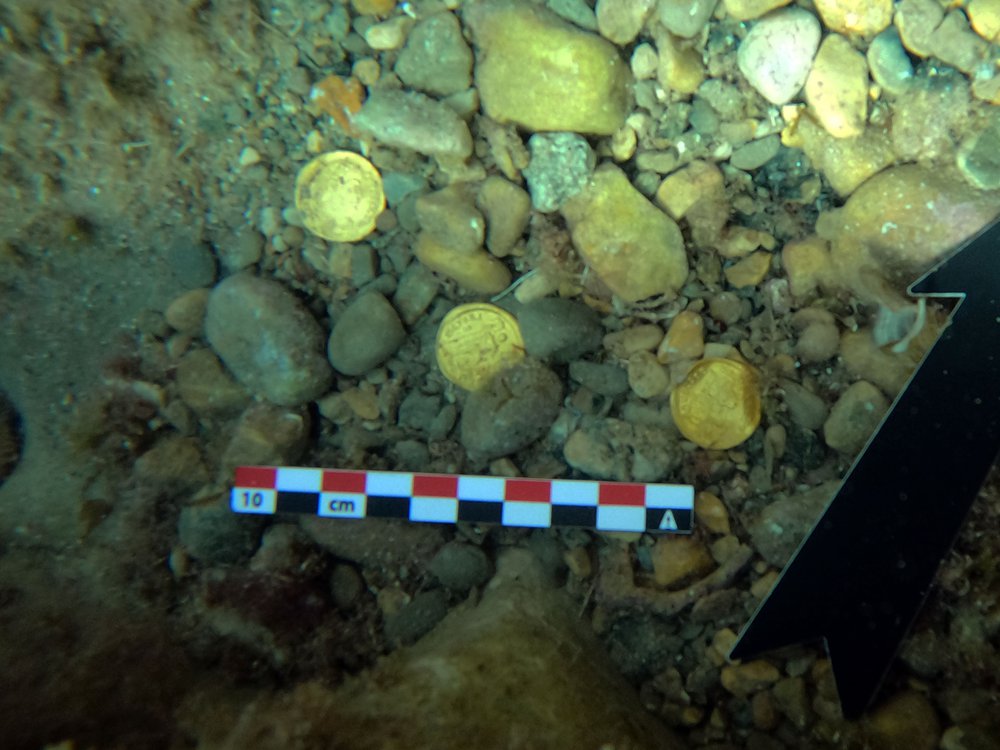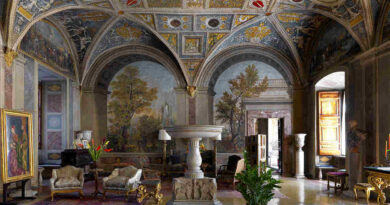Archaeology makes a breakthrough with the discovery of a Roman temple off the coast of Lebanon.
The 5,000-year-old site lies on an island and is centred around an acropolis in an ancient Greek city. The rectangular-shaped temple was built in the early Roman era, between 31 BC and 193 AD, according to experts. It was extensively remodelled in the late Roman era, between approximately 284 AD and 476 AD. However, the archaeologists, a group of Spanish, Lebanese, and Polish experts, have failed to identify the god worshipped at the temple.
“Its position on a pedestal in the most elevated section of the ancient island underlines this building’s special significance,” said Francisco J. Nunez of the Polish Centre of Mediterranean Archaeology, University of Warsaw.
The researchers also discovered that the building was composed of sandstone pieces and stood on a limestone and sandstone platform.
Dr Nunez also stated that two 26-foot columns of Egyptian pink granite were located on one side of the temple beside a vestibule.
The steps to the doorway were also adorned with stunning carved geometric patterns.
This roadway runs next to a smaller street where another sanctuary has been found.
It was a building with two rooms and a courtyard on a north-south axis, according to archaeologists.
Researchers discovered an Egyptian bas-relief portraying Isis nursing Horus as an infant in one of them.
The experts also believe there was an underground room at the temple’s entrance.
However, evidence shows that during the Byzantine time, the beautiful building was replaced by a basilica, which was destroyed by a tsunami in the sixth century AD.

“Overlapping architectural remnants, signs of natural disasters, increasing sea levels, and active urban growth in recent decades have effectively made understanding the character of ancient architecture difficult,” stated Dr Nunez.
While Lebanese excavations at Tyre began in the 1960s, the majority of their documentation vanished as a result of the country’s 1975 civil war.
However, much of this work concentrated on the classical and mediaeval stages.
[adinserter block=”6″]
“Given Tyre’s historical prominence during the Bronze and Iron Ages, we know very few archaeological remains from these times,” Dr Nunez noted.
Our understanding of the old city is primarily restricted to Roman and Byzantine ruins, which are currently centred in two archaeological parks: al-Bass and the Basilica.”
One of the project’s primary goals was to discover the effect of environment, history, and the growth of urbanisation on the historic island of Tyre.
Excavations in the 1970s discovered buildings from several eras that require additional investigation to determine the truth.
However, excavations carried out during that time period unearthed some significant evidence that aids in understanding the history of habitation in this ancient metropolis.
Researchers want to continue their study next year, focusing on both the temple and the surrounding area of the city.
[adinserter block=”6″]
Dr Nunez did, however, clarify that there are more intriguing structures to be discovered.
“There is another massive edifice in the north, possibly another temple, that we would also like to investigate,” he added.




